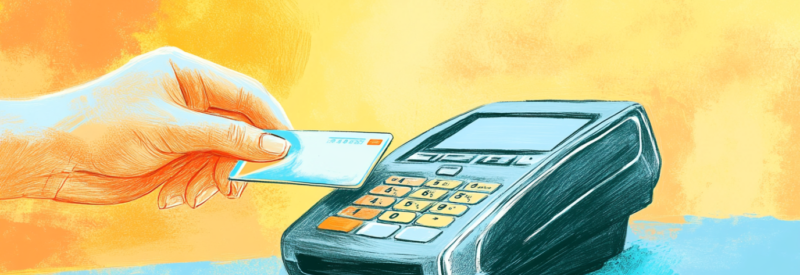If you’re running a credit or debit card, you may come across decline code 93. When a transaction cannot go through, a terminal will return a decline code. This code gives the reason for the decline. Understanding credit card decline codes and what they mean are important things for any business that accepts credit and debit cards to know. Read on to learn more about payment declined reason 93 and what to do if you receive it.
Possible Reasons You’re Receiving Decline Code 93
Credit or debit decline code 93 appears when the customer’s card-issuing bank cannot complete the transaction. Decline code 93 means “Violation, Cannot Complete.” Payment declined reason 93 means the issuer needs the customer to contact their bank for further information on the issue. Unfortunately, when it comes to payment decline code 93 you cannot override the decline code as the merchant. Since the transaction is being blocked by the customer’s card-issuing bank, the cardholder must contact the issuer to resolve it.
What is a Decline Code?

A decline code appears when a customer’s transaction cannot be processed. The decline code gives the merchant a coded explanation of the problem. Decline codes may appear for several different reasons, from insufficient funds and fraud alerts to expired cards.
A decline code works as a signal from the payment processor that a payment failed. Every time a processor declines a card, the terminal will display a code. This allows you to properly address the situation with the card-carrying customer. Because cards can decline for a wide range of reasons, knowing the various decline codes will help you understand how to proceed.
How to Clear Your Credit Card Decline Code 93
Most businesses experience steady credit card traffic daily. With so many card transactions on a daily basis, at some point, you will receive a decline. It’s all a part of the modern payment processing system. While not uncommon, a declined credit card transaction can be awkward for both the buying and selling parties. To smooth over any discomfort, apologize to the customer for the inconvenience.
Then, advise the customer to call their bank for a full explanation of the issue. If the bank confirms that their account is in good standing on their end, you may attempt the transaction again. If it still isn’t working, they may need to contact their bank and card issuer again to fully address the problems they are experiencing. As for their pending transaction, politely request they try a different card or alternative form of payment.




